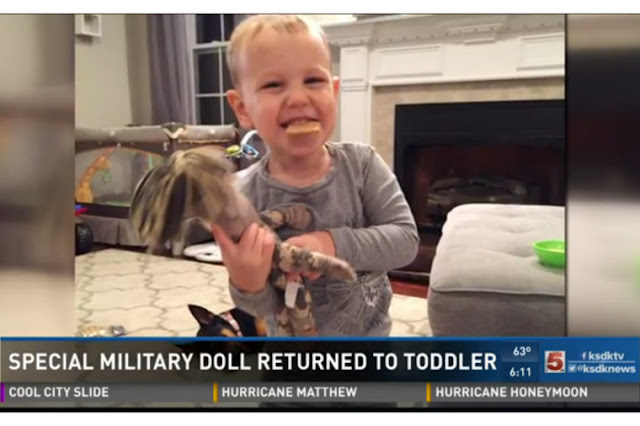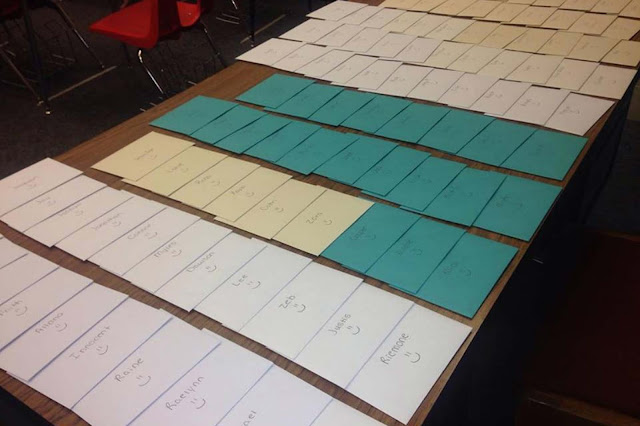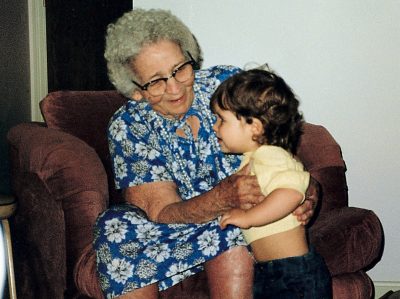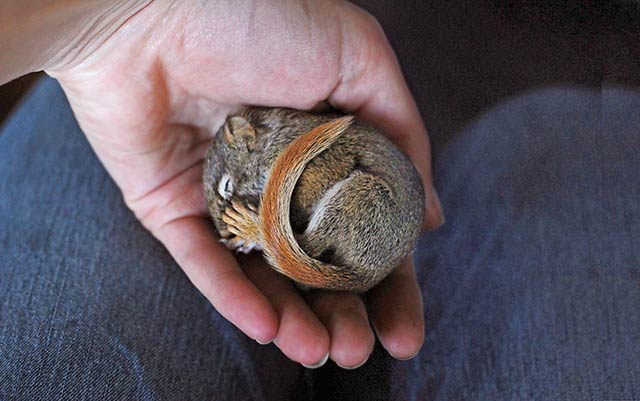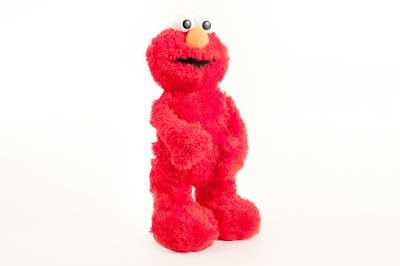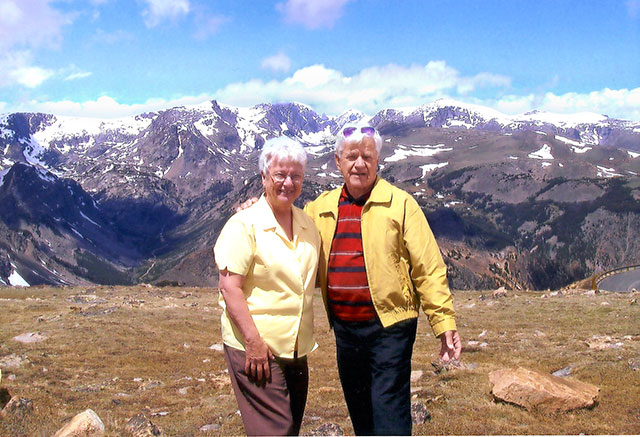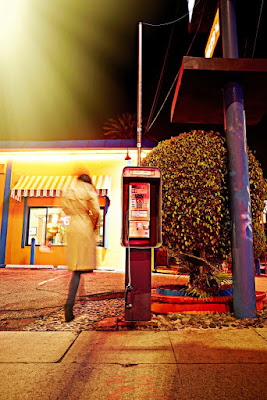The stories on this list made us officially overrule our plan to get dad a tie he'll hardly wear.
Channel your inner fanboy
"My son loves Darth Vader (despite the fact that he's never seen any Star Wars' movies). Every week for a month when we would go grocery shopping, he would stop by the rack that had the key chains, whisper something to his younger brother and then nonchalantly ask, 'Dad, you like Star Wars, right?' It was obvious what I was getting for Father's Day. Unfortunately, I'm not a huge Star Wars' fan! Plus, there's nothing worse (for me at least) than a pocket full of bulging keys. For the past year, I haven't been able to put my keys in my pocket and everyone assumes I'm a Star Wars' nerd. But when I think of how proud my son was to give it to me, well, I'll always be sporting my Darth Vader key chain. I can only pray for a new key chain this Father's Day!" —Gerald Craft, Washington, father of two
Score special tickets to the big game
"This year, my twin sister and I are surprising our dad with tickets to an MLB All-Star game in Miami's Marlins Park when he comes to visit. (Our dad is a baseball-loving, retired Army veteran living in Panama.) He was here last on devastating terms, the sudden funeral of one of his closest friends, his brother. This return to Florida will be special for many reasons: a reunion, the game, Father's Day, and our dad's 60th birthday (also in July). Our dad is frugal and simple and rarely asks for anything; we knew we wanted to accomplish this dream for him." —Luisa Irene Yen, Florida
Outdo yourselves with food, music, and love
"For Father's Day, we have a tradition to visit new restaurants that play fun music. We've tried places that serve Russian, Argentinian, and Colombian food. Last year the family took me to a good ol' American cafe. We listened to country music on the way. I can't wait to see where we 'travel' this year and what new music we will listen to in the car." —Edward L. De La Loza, California, father of two
Start the day with "dad" pancakes. End it with a game.
"My favorite Father's Day celebration was two years ago. The day began with an amazing brunch with pancakes that spelled "DAD" and a picture frame from my daughter. Then we made a trip to Madison Square Garden to see a New York Liberty basketball game. My daughter and I were on the Dad Cam and we caught a free T-shirt and stepped onto the Garden floor." —Christopher Persley, co-organizer of NYC Dads Group, New York, one child








